10 de March de 2023
How to Build a Consistent Training Program for all Types of Sports
For both amateur and competitive sport, it’s important to maintain a good general physical condition. Each sport requires some special characteristics; being an Ironman distance triathlon athlete, where the training volume is very high, is not the same as training for the long jump. However, even though both training sessions are far from each other in terms of organization, planning, objectives and load control, the need for a quality general physical condition is paramount in both cases. And it is that, the preparation of the athlete should not focus only on the physical plane but also on the psychological. The performance of an athlete depends on their physical state, but also on their emotional and mental state.
A crucial feature of both physical exercise and practice of a specific sport is the multiple benefits on different scales that it has. Apart from improving strength or cardiopulmonary resistance, sport can be a great ally for certain psychosocial problems for growing self-esteem and working under pressure. We can confirm that doing sport helps to improve the quality of life, as long as we are ready to practice it. If it wasn’t the case, it would be likely that the athlete would be injured or end up abandoning physical exercise because he doesn’t feel capable.
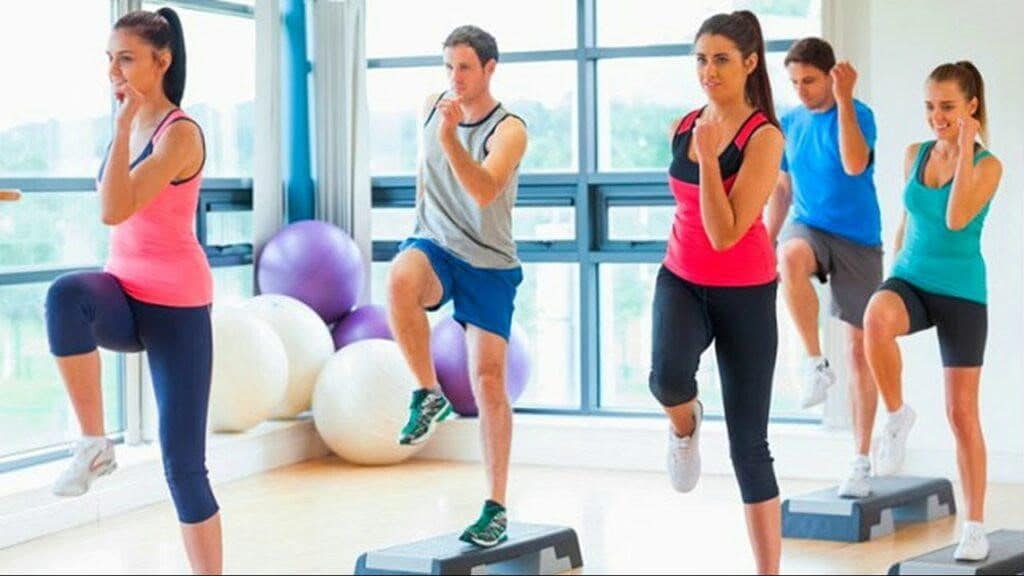
However, it is known that sports and physical exercise are so good for health that the World Health Organization (WHO) or the American College of Sport & Medicine also recommend physical exercise. But one of the keys to success in this love-hate relationship between physical exercise and the achievement of goals is persistence. Sometimes perseverance and determination are worth more than the best training session. Practicing a sport once a week can help us with something, but the most important thing is to practice it regularly and keep it persistent. There is nothing better than having a good training plan which adapts to our objectives, concerns, and optimizes the time spent in the best way.
In this week’s blog article, we are going to determine which training program will optimize the exercises benefits and will be useful for any sport that we are willing to practice. However, it must be said that training plans must be individualized for each athlete or person, and that this is only a guide about how to achieve it. The base of the pillar that builds the exercise must be the athlete’s goals. If we don’t know what moves that person, the training system will be difficult to plan.
In today’s post we are going to focus on a consistent program for all types of sports. This doesn’t mean that we cannot ask about individual or group objectives within each sport. Let’s do a simple example; cardiopulmonary capacity is important for practically all types of sports. However, you won’t train in the same way for a paddle tennis player as for a handball player. Although the objective is the same, the way of training will be different depending on the sport’s modality.
To be able to carry out a good training program, certain questions must always be answered. What do you want to achieve? Do you want to improve your endurance? Do you want to increase your strength? Do you want to improve your technique? Do you want to improve your mental capacity to compete under pressure? Clarifying your objectives is paramount as this will make it easier to build a proper training program.
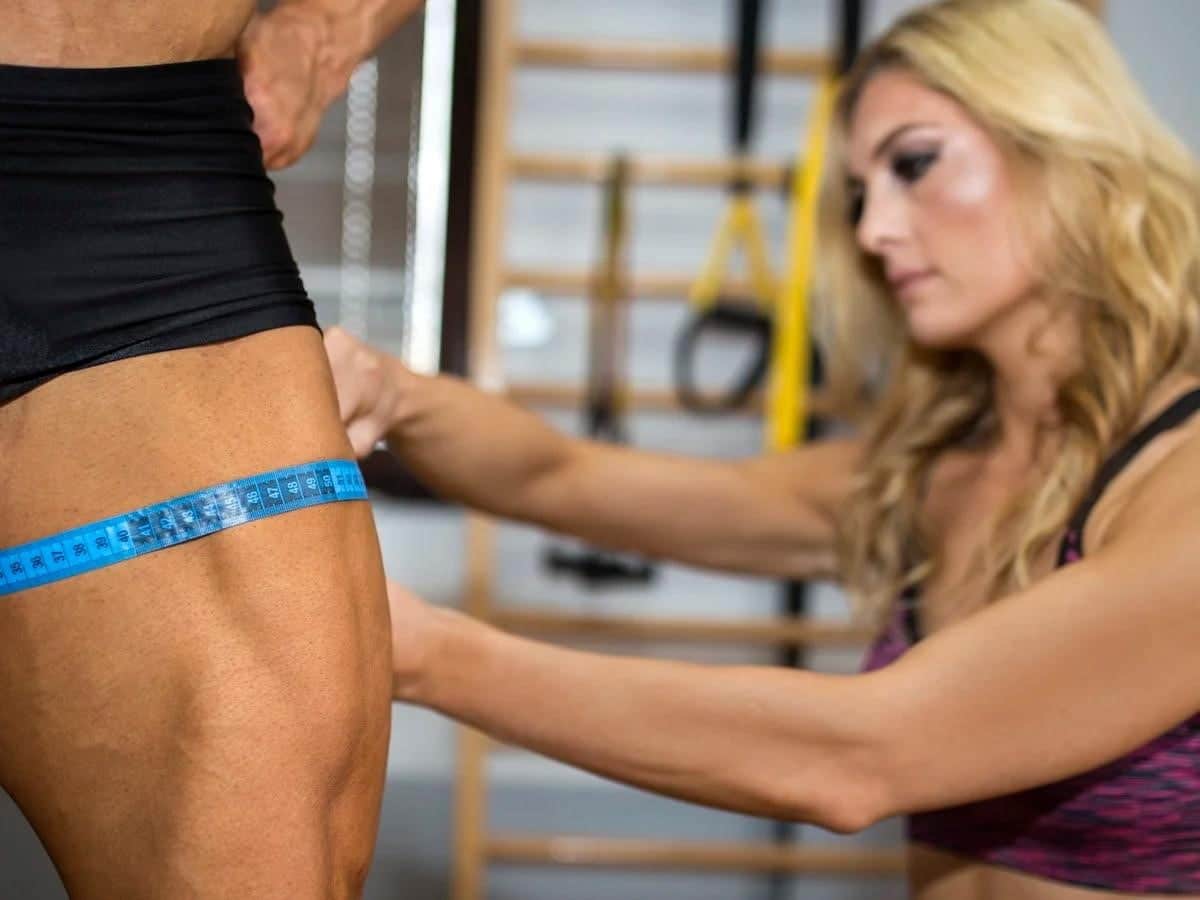
Once the objectives are defined, something primordial for any coach is to know the level from which the athlete or the team starts. In this sense, we must always make an initial evaluation. In this way, we will be able to program the training, trying to reinforce those parts that are more weakened and we will mark the starting point to evaluate if our training is being useful or not. Within these initial evaluations for any sport, we can include a body composition analysis that can be done through a bioimpedance or through batteries of tests that are used as for example the ISAK protocol. Another vital initial measurement for an athlete is cardiopulmonary endurance which can be evaluated through field tests such as the “Course Navette” or the “6 minute walk test”. In the same way, it is advisable to perform a muscular strength analysis of both higher and lower body. In this case, it would be advisable to evaluate pull and push strength levels of both limbs, as well as performing several mobility tests to find out how the hips and shoulders are doing.
When we already have a baseline on which to build our training we must emphasize the specific parts that define the sport in question. For example, if we are preparing a handball player who is a defender we must take into account that he must work a lot of eccentric strength to withstand the attacks of the opponent, we must analyze the position in which they play and, in this case, it is a position where there is a lot of contact and a lot of play with the balance so we will have to improve both capabilities. And finally, we are talking about a defender who will have to work much more on improving the opponent’s ability to react than on decision making. On the other hand, if we are preparing a 100 meter sprinter, it is vital that he works on the application of strength in the starting blocks and top speed.
Is There Such a Model Training Program?
As we have advanced previously in this blog entry there is not a unique way to prepare a plan but we are detailing one of the many ways to perform a training for a sport. It is difficult to make a training model for all sports since each sport demands a different physical capacity. However, when we start a new sport we do believe that we must follow a series of patterns and above all avoid making mistakes that may result in poor performance.
Therefore, when asked if there is a model training program, we must say no. If there were, there would not be specific trainers for each modality and we would be making a serious mistake. If this were the case, there would be no specific trainers for each modality and we would be making a serious mistake. However, there are a series of “rules” that must be followed.
Technique’s Control
In order to practice a sport correctly we must start controlling the specific technique of such sport. Starting a new sport will always be bittersweet. Learning the technique is something that can be frustrating because many mistakes are made at the beginning, and you won’t enjoy the sport itself. Imagine a person playing volleyball without controlling the technique, a tennis player who misses every time he hits the ball, or a marathon runner who might have a harmful technique. There would be no point in doing the best training in the world for that modality if the technique is not controlled. Therefore, the first step before any sport is a perfect technique control.
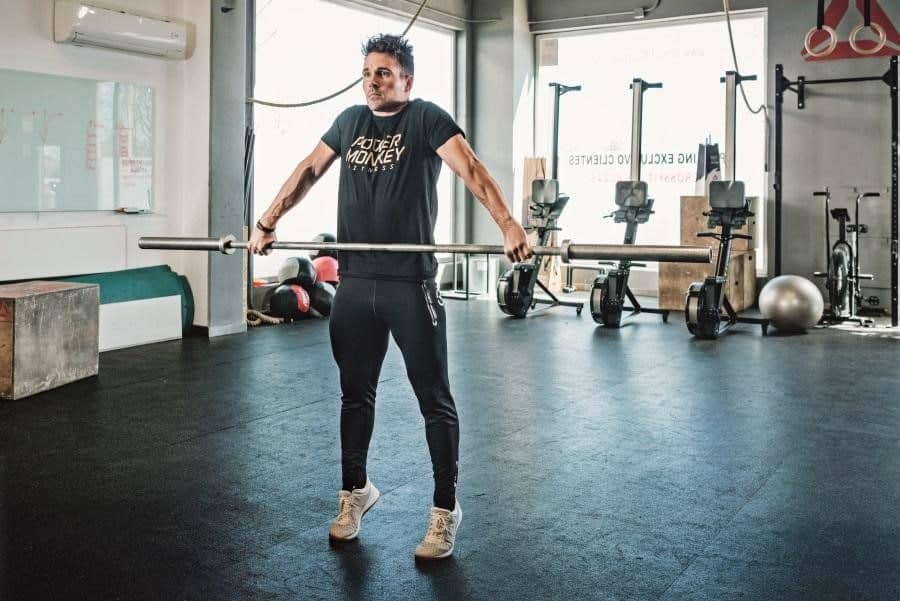
Transmission of the Objectives and Needs
We have talked about the importance of having clear objectives and analyzing the needs of each athlete, but it is equally important to transmit these notions to our athletes. When we start planning a team or an athlete’s training, the athletes must be the planification’s main characters. The same goes for personal training. If I want the athlete to be involved and improve, he or she must understand why they are doing the training and for what purpose. On many occasions, athletes don’t understand why they have to do 30 second sprint sets with 1 minute rest between sprints or why it’s better to do 6 repetitions with 90% of the maximum repetition. This is why the goal of each workout should be explained. Likewise, we must listen to our athletes’ needs so that they can develop not only a physical improvement, but also a psychological one.
Working on General Physical Condition
We have already mentioned it at the beginning of the post, but achieving a quality general physical condition is one of the most important aims when we make any planning. There will be time throughout the season to improve at a specific level, but achieving a high general physical condition will help to improve at all levels. The skeletal muscle is a system that functions as an endocrine, exocrine and paracrine organ, which means that working with the whole organism and all the physical conditions will help our body to function as a perfect machine. To work on general fitness don’t forget to work on cardiovascular endurance, muscular strength and flexibility or range of motion.
Exercises that Shouldn’t be Missing in Your Plan
When it comes to improving muscle strength, it is important to always start with exercises of low technical complexity. The use of targeted machines can help athletes control the movement and focus correctly on the muscle. Once overall muscular strength has been improved through a “full body” routine, for example, free weight exercises can be introduced. Among all the exercises that can be performed with free weights, we highlight the deadlift, squat and bench press as “basic” exercises that every athlete’s plan should include. Exceptionally we could introduce an upper body traction exercise such as a pull-up or a rowing. These exercises are “basic” because they help increase muscle strength in basic movement patterns and, therefore, can help improve performance.
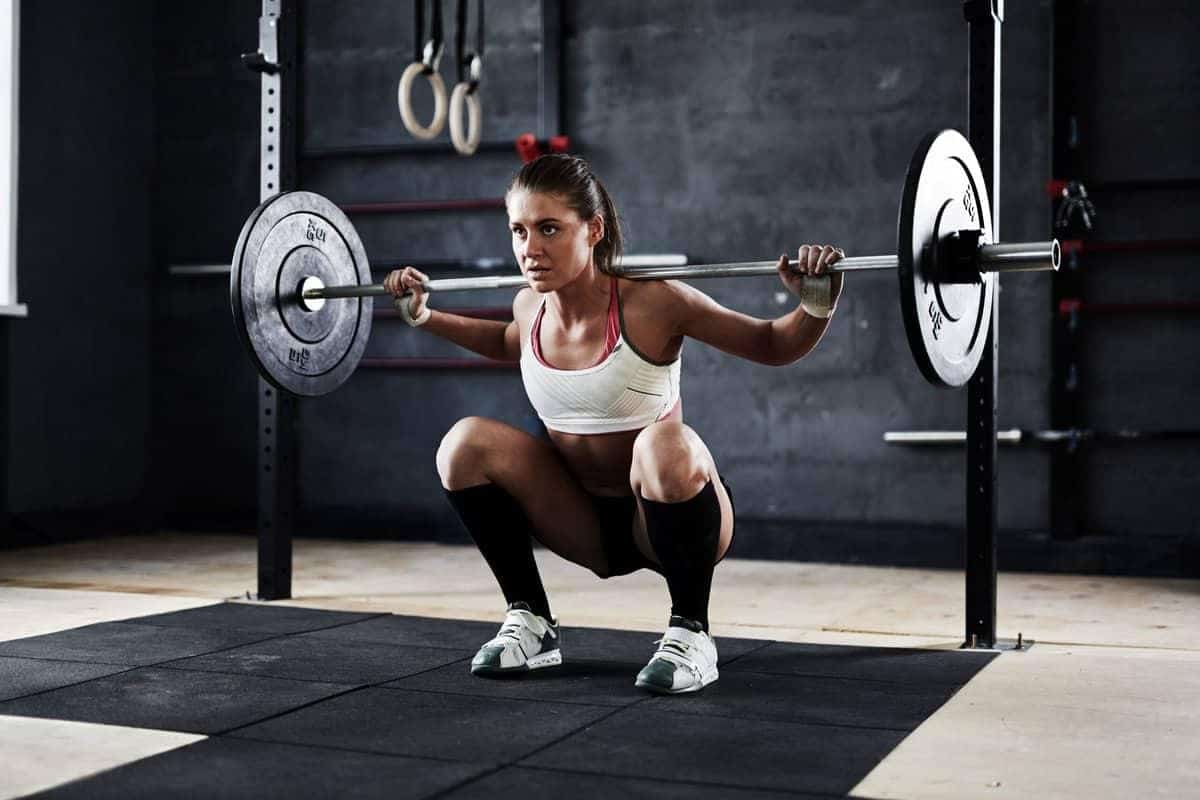
If on the other hand, we are talking about improving cardiopulmonary capacity, your plan can’t miss those exercises that acutely increase the heart rate but with a great magnitude. The so-called “HIIT” (High Intensity Interval Training) is a very useful and efficient tool for improving cardiopulmonary capacity. In the same way, continuous aerobic training sessions of long duration allow the muscle and bone structures to be conditioned to withstand long training sessions and to improve in the face of competition.
¿How does Sport Modality affect the General Physical Training?
In order to be the best in the sport you perform, you must achieve a good physical condition base. However, we must not forget the specificity principle in training. That is, if we want our handball athlete to improve the 9-meter throw, we must work specifically on the physical conditions that will improve his throw. We could do rotator cuff training, pectoral exercises to increase the strength of contraction or improve the range of motion of the limb we use.
Therefore, whether a sport modality affects the general physical preparation, the answer is: yes. The sport modality must be considered, even if the planning is oriented to an improvement of the general physical condition. To know how the sport modality affects it is necessary, once again, to analyze which variables are determinants of performance and adapt the training to work specifically on these variables.
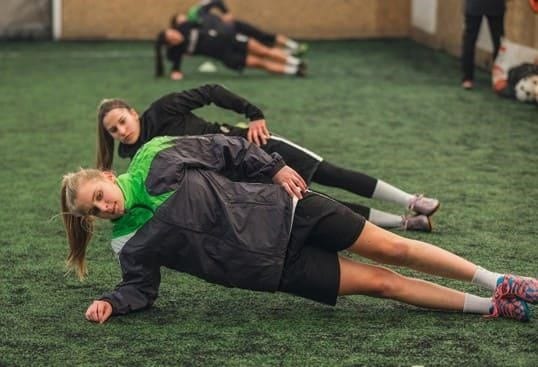
Conclusions
Finally, let’s remind ourselves that physical exercise and sport is something that we should incorporate almost automatically into our daily lives. There’s a statement which says the following: “If our ancestors have physical exercise as the basis of their lifestyle in their DNA, who are we to take that privilege away from our organism”. That is to say, we must introduce physical exercise into our daily life and one way to achieve this is by practicing sports.
That said, starting with any sport is somewhat complicated since we should follow specific guidelines. In today’s post we have highlighted the following: control of technique, transmission of objectives and general fitness work. If we have to highlight certain key exercises for planning we would choose to introduce exercises such as deadlift, squat, bench press and HIIT training. Finally, don’t forget to create a good fitness base to later adapt to your sporting specialty. This is the key to success.
Unai Adrián Perez de Arrilucea Le Floc’h

